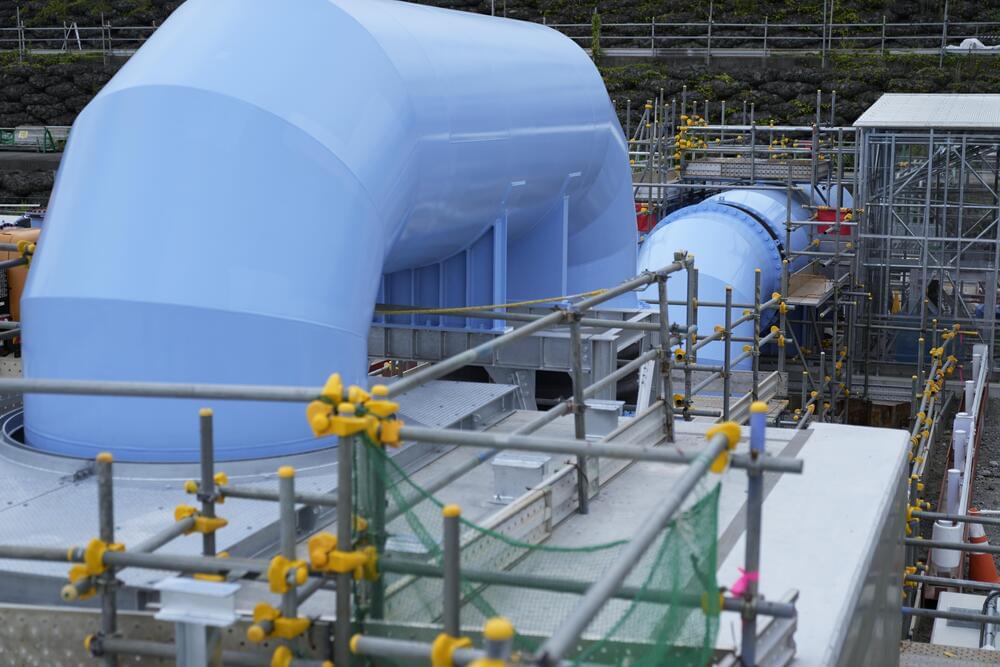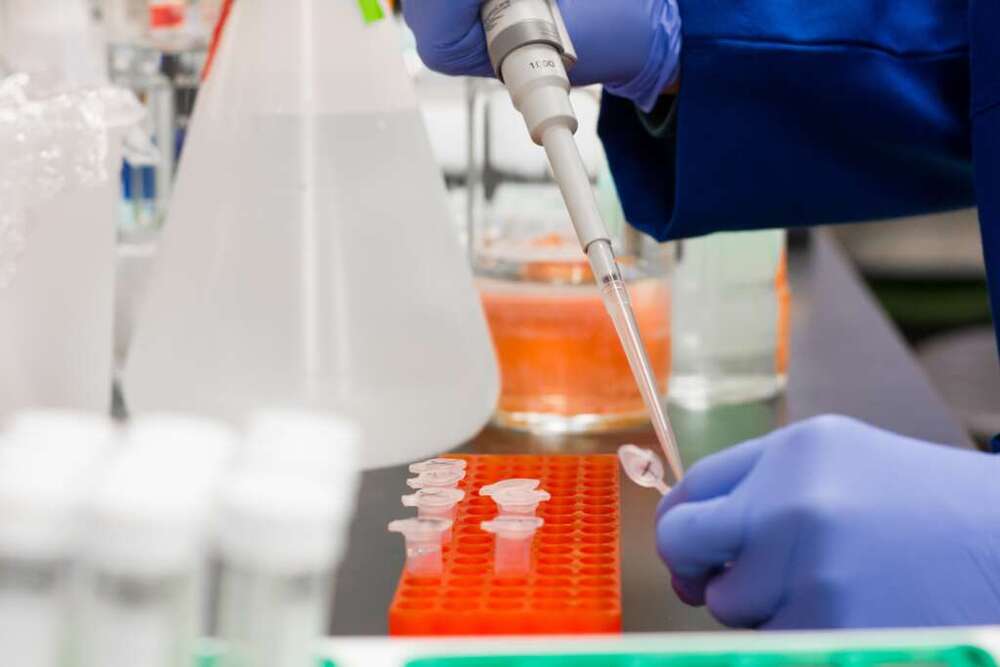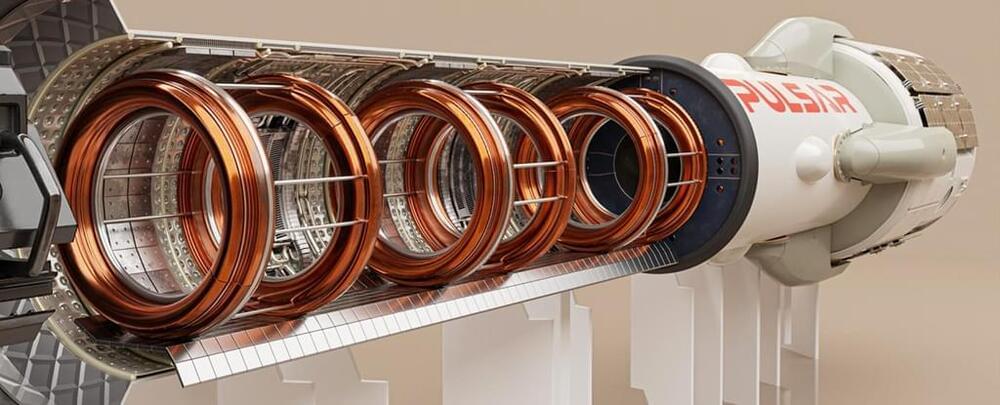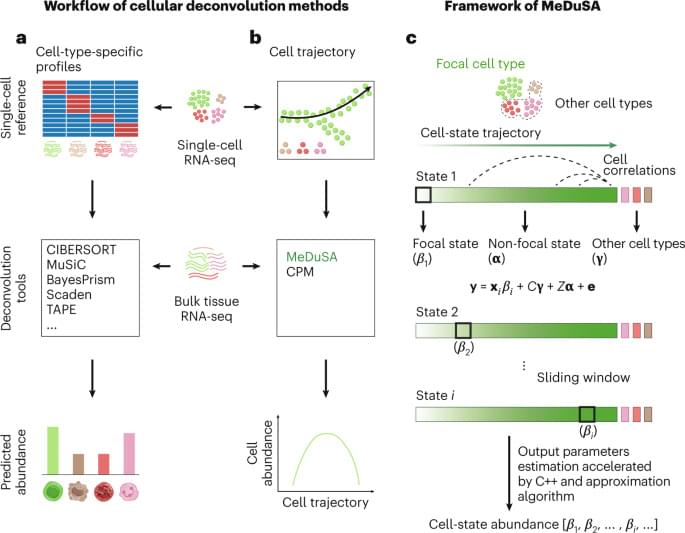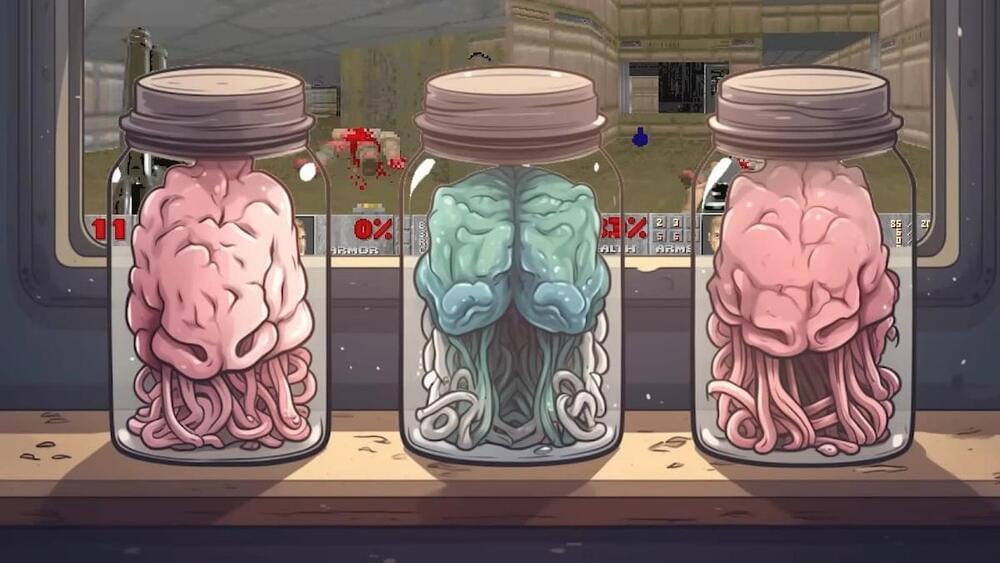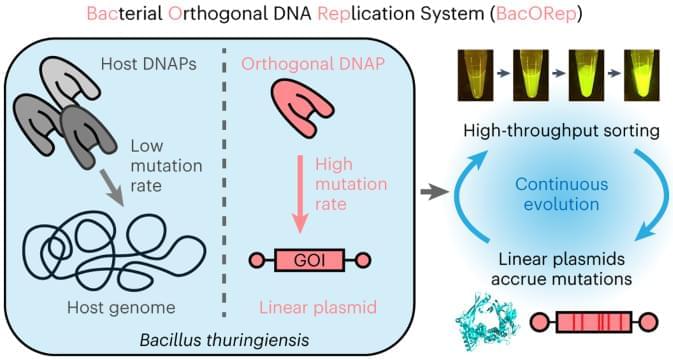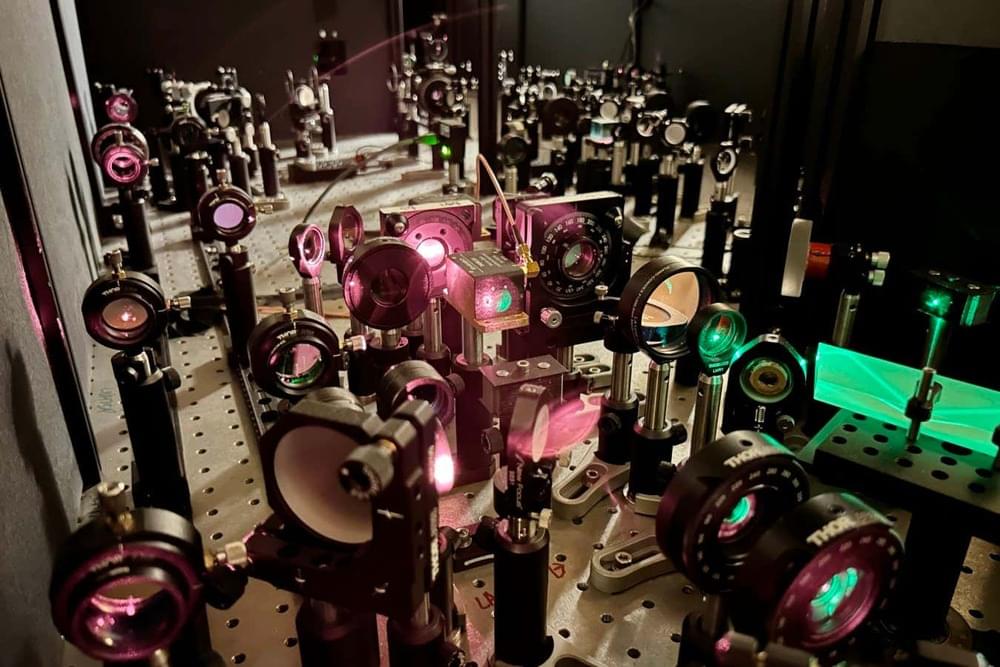The Modern Turing Test would measure what an AI can do in the world, not just how it appears. And what is more telling than making money?
According to new research, butterflies and moths share “blocks” of DNA that are more than 200 million years old. Scientists from the Universities of Exeter (UK), Lübeck (Germany) and Iwate (Japan) devised a tool to compare the chromosomes (DNA molecules) of different butterflies and moths.
They found blocks of chromosomes that exist in all moth and butterfly species, and also in Trichoptera – aquatic caddisflies that shared a common ancestor with moths and butterflies some 230 million years ago. Moths and butterflies (collectively called Lepidoptera) have widely varying numbers of chromosomes – from 30 to 300 – but the study’s findings show remarkable evidence of shared blocks of homology (similar structure) going back through time.
“DNA is compacted into individual particles or chromosomes that form the basic units of inheritance,” said Professor Richard ffrench-Constant, from the Centre for Ecology and Conservation on Exeter’s Penryn Campus in Cornwall. “If genes are on the same ‘string’, or chromosome, they tend to be inherited together and are therefore ‘linked’.
FUTABA, Japan (AP) — At Japan’s tsunami-wrecked Fukushima Daiichi nuclear plant, giant blue pipes have been constructed to bring in torrents of seawater to dilute treated, radioactive water under a plan to discharge it gradually into the Pacific Ocean.
Workers were making final preparations as Associated Press journalists received a rare opportunity Friday to get a look at key equipment and facilities for the release, expected in coming weeks or months.
The International Atomic Energy Agency has looked at Japan’s wastewater-release plan and said it would cause negligible radioactivity in the sea and no effect on neighboring countries. But the plans continue to draw strong protest and no starting date has been set.
Working to integrate theology, ethics and science, ISCAT Fellow and renowned author Dr. Brian Edgar discusses the future of humanity.
Nuclear fusion propulsion technology has the potential to revolutionize space travel in terms of both speeds and fuel usage. The same kinds of reactions that power the Sun could halve travel times to Mars, or make a journey to Saturn and its moons take just two years rather than eight.
It’s incredibly exciting, but not everyone is convinced this is going to work: the tech needs ultra-high temperatures and pressures to function.
To help prove the viability of the technology, the largest ever fusion rocket engine is now being built by Pulsar Fusion in Bletchley, in the UK.
A recent work introduces a cellular deconvolution method, MeDuSA, of estimating cell-state abundance along a one-dimensional trajectory from bulk RNA-seq data with fine resolution and high accuracy, enabling the characterization of cell-state transition in various biological processes.
Single-cell transcriptomic techniques continue to revolutionize the resolution of cell analysis, determining discrete cell types and cell states with continuous dynamic transitions that can be related to development and disease progression5. Cells in different states can be computationally ordered according to a pseudo-time series, or cell trajectory6. Both MeDuSA and another method, Cell Population Mapping (CPM)7, were developed to exploit the rich spectrum of single-cell reference profiles to estimate cell-state abundance in bulk RNA-seq data, which enables fine-resolution cellular deconvolution (Fig. 1b). Although CPM effectively tackles the issue of estimating the abundance of cells in different states, MeDuSA further improves the estimation accuracy by employing a LMM (see the equation in Fig. 1c) that takes into account both the cell state of interest (focal state) and the remaining cells of the same cell type (non-focal state) as well as the other cell types.
Ah, Doom. Who knows where we’d be today if it weren’t for the innovation that made you the granddaddy of first-person shooters? Probably one of the things that’s helping to keep id Software’s iconic game alive after all these years is the fact that it can be ported to just about anything. It’s even possible to play Doom inside Doom itself.
As you can imagine, many people have attempted to see what crazy methods they can to play this legendary FPS. Now, some scientists are doing something a little different. Namely, they want to see if it’s possible to grow their own neurons that can be taught to play games. And yes, they want to see if they will be able to control Doom.
A video from the YouTube channel The Thought Emporium goes into detail about the hypothesis. The basic idea is to be able to hook up some lab-grown rat neurons to a computer that will be able to play Doom, at least in a rudimentary fashion.
Tian et al. developed a bacterial orthogonal DNA replication system by harnessing the temperate phage GIL16 DNA replication machinery, which provides a powerful tool for continuous evolution in prokaryotic cells.
The minuscule fluctuations of seemingly empty space can be controlled just enough to make the building blocks of a new type of computer.


